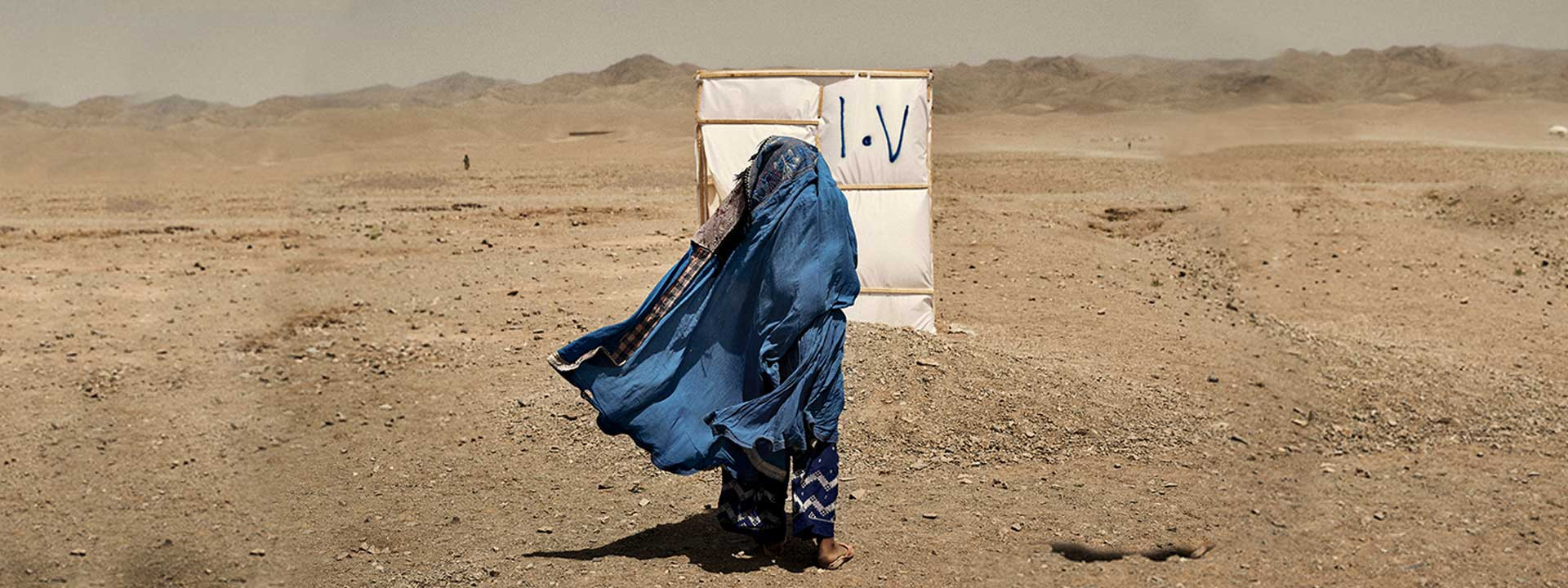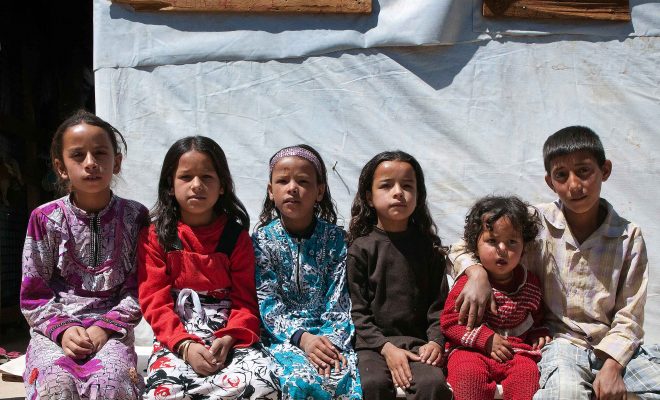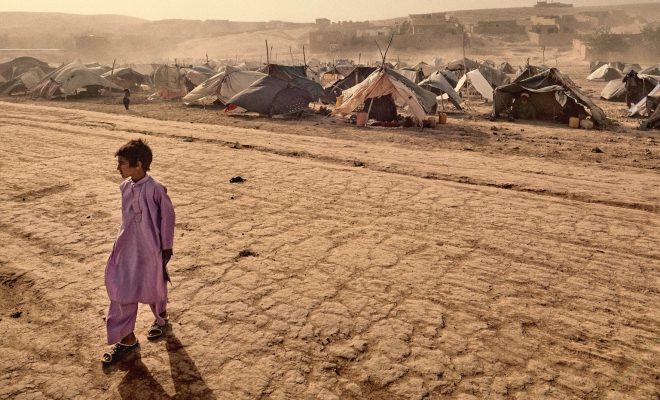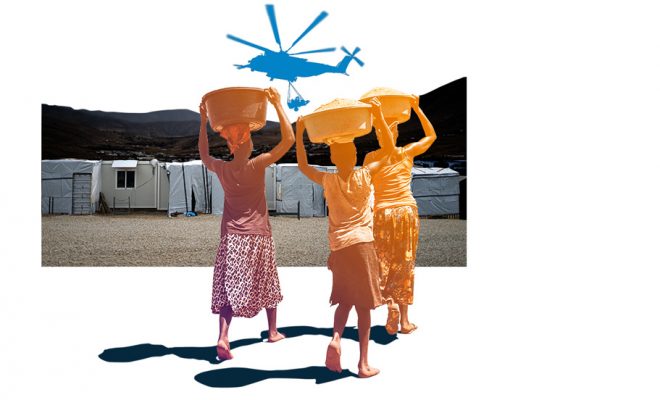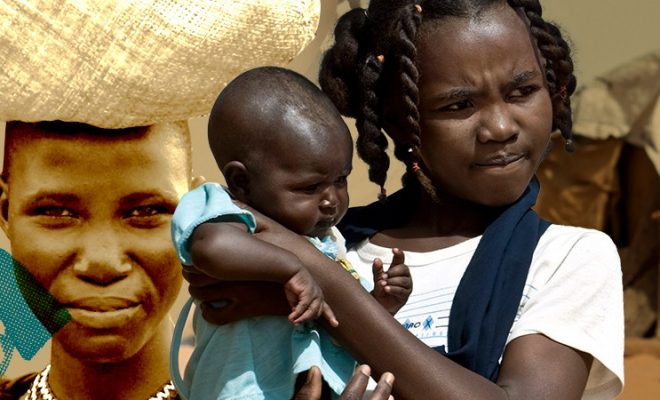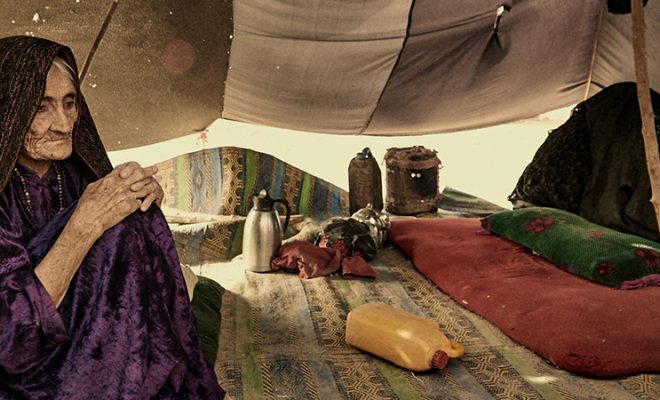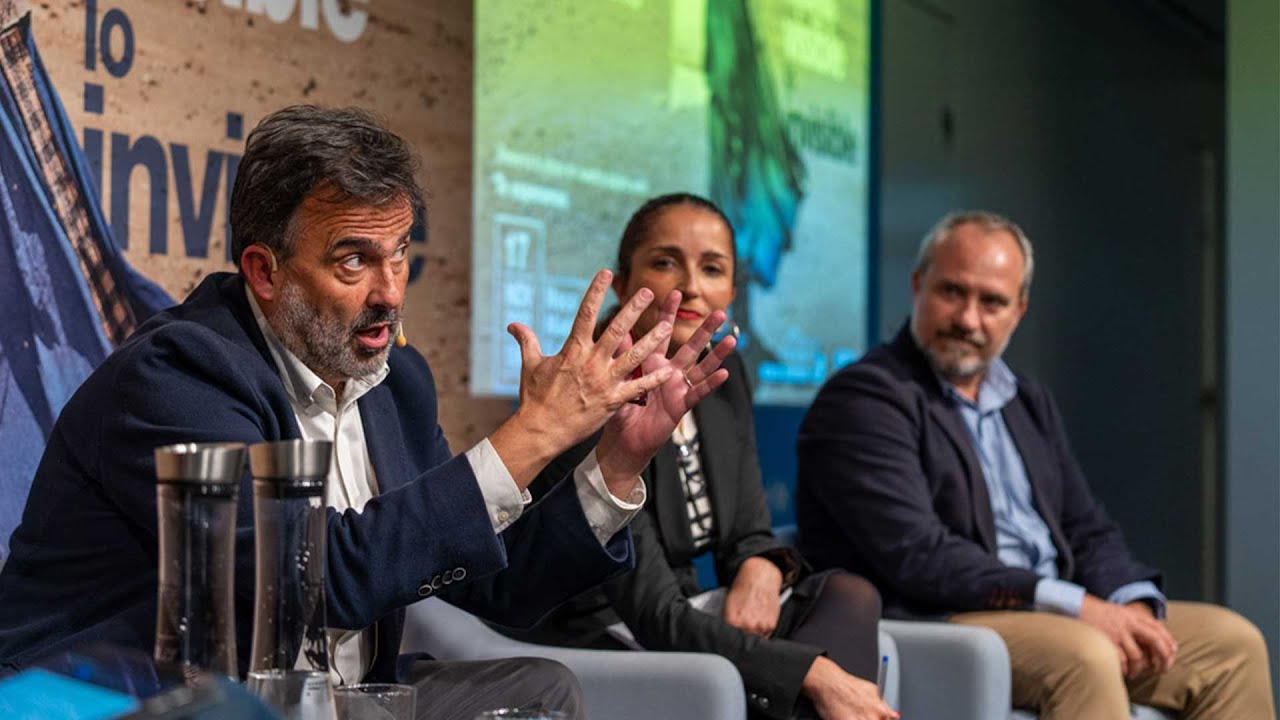
“We had to flee. If we had stayed, they would have killed us. We hid in the forest without water or food, knowing they were chasing us to finish us off. Even digging a hole to defecate was terrifying. In the end, you develop a survival mechanism that keeps you going.” This is how Emmanuel Zangako described his experience as a South Sudanese refugee in several African countries before founding the Youth Support Volunteer Organization, which he now leads.
Emmanuel joined the meeting we organized on World Toilet Day from the COP 27 headquarters in Sharm El Sheik. Present at the Roca Madrid Gallery were: Javier Ruiz, CEO of World Vision Spain, José María Vera, Executive Director of UNICEF Spain, and Karmele Sáez, head of the UNHCR Projects Department. In addition to Emmanuel, other online participants were Sofía Arroyo, Project Officer of World Vision, from Kiev, and Carmen Parra, director of the UNESCO Chair on Peace, Solidarity, and Intercultural Dialogue, from Barcelona. Carlos Garriga, director of the Foundation, moderated the debate.
Emmanuel’s words summarized the ordeal of those who leave their country searching for refuge and those who bear the suffering of losing their loved ones, homes, and future. The uncertainty brought by the lack of water, food, and shelter is added to the anxiety of not being able to ensure the hygiene of children and babies and the indignity of not being able to wash their clothes and having to defecate in the bushes. Emmanuel and his family had to endure this situation several times as they suffered the consequences of the conflicts in the countries where they took refuge, such as the Democratic Republic of Congo or the Central African Republic, from which they were also forced to flee.
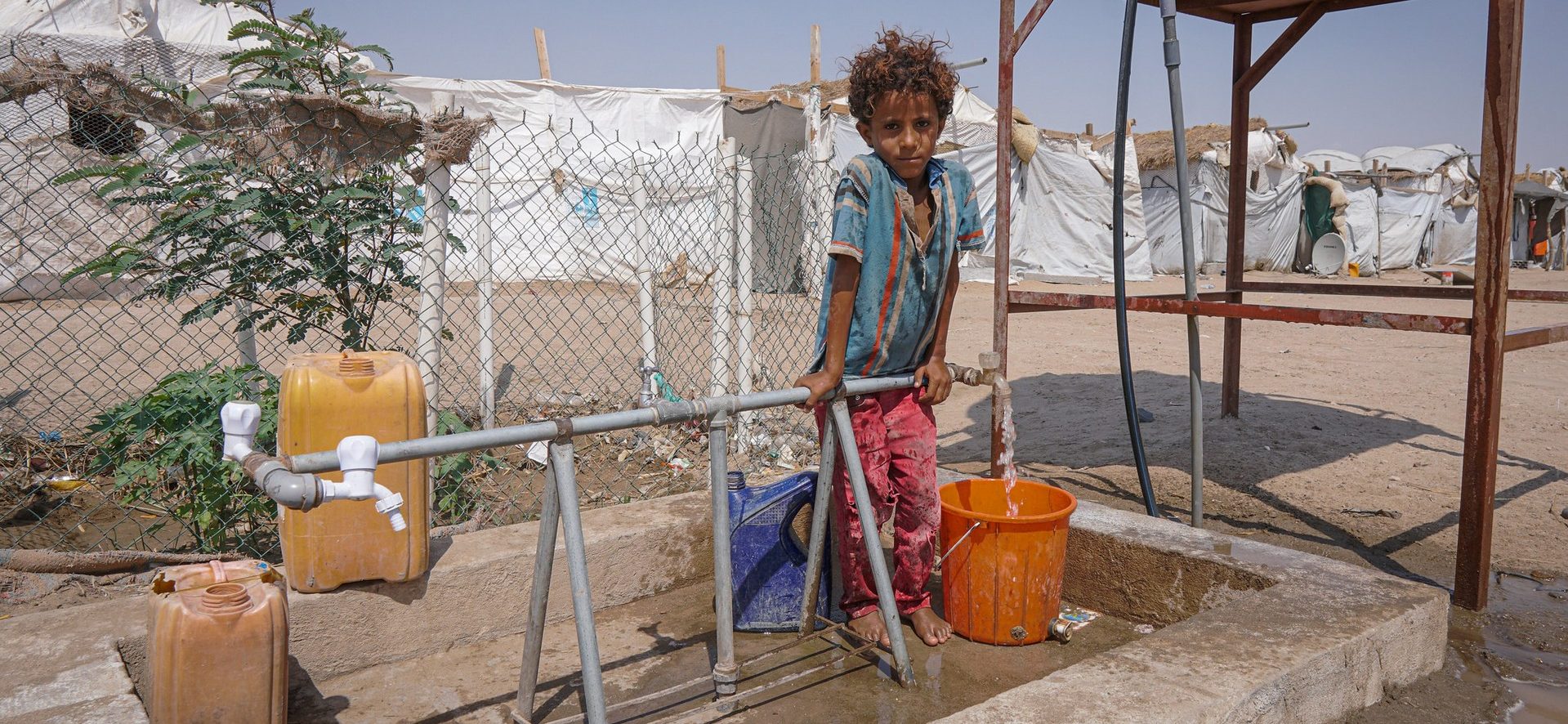
Violence and the climate crisis have already displaced 100 million people worldwide© European Union/ Muhanad Yasin
Refugees and displaced people: victims of various legal loopholes
Climate-displaced persons have joined those fleeing political and military conflicts in recent decades. Carlos Garriga mentioned his experience after visiting several refugee camps in Afghanistan: “I was surprised because most of them had migrated due to the long drought that had left them without water for their goats and crops; they were not fleeing violence or war.”
Carmen Parra explained that international law does not contemplate the case of climate-displaced persons: “Refugees are people who have to flee their country because otherwise they will be killed. It can be for political, religious, racial, or sexual orientation reasons… and they have to prove it. But the internationally adopted Refugee Statute does not include climate as a reason to apply for asylum. Climate refugees do not exist in international law.”
For this jurist, the main problem can be found in the refugee camps: “Those who live there are condemned to isolation and to subsist on aid. Some camps have existed for decades, and there is no hope there. Entire generations have not been able to leave the camps. In Algeria, there are Sahrawis who have been in these camps for more than 40 years and many Rohingyas in Bangladesh. Their situation is managed by UNHCR, which has identified them and provides them with the basics with the help of NGOs and private donations. They have no other resources. It is a rapidly increasing problem, and we are overwhelmed by it.”
An overwhelming crisis that continues to grow
We are experiencing a global humanitarian crisis. UNHCR points out that the war in Ukraine and the conflicts in which 23 other countries are immersed have caused a dramatic increase in the number of forced travelers all across the world: there are already 100 million people who have left their homes, and more than half of them are children.
Karmele Sáez highlighted the need to abandon the “Eurocentric” view of the problem and shared very severe situations: “UNHCR works in 137 countries with conflicts, not only in Ukraine; in Uganda, for example, we have one and a half million refugees. Sometimes the reception camps are home to 300,000 people, which is outrageous, and it becomes tough to manage the basics for survival, health, and a dignified life. The problem is that there are more displaced people but increasingly fewer funds.”
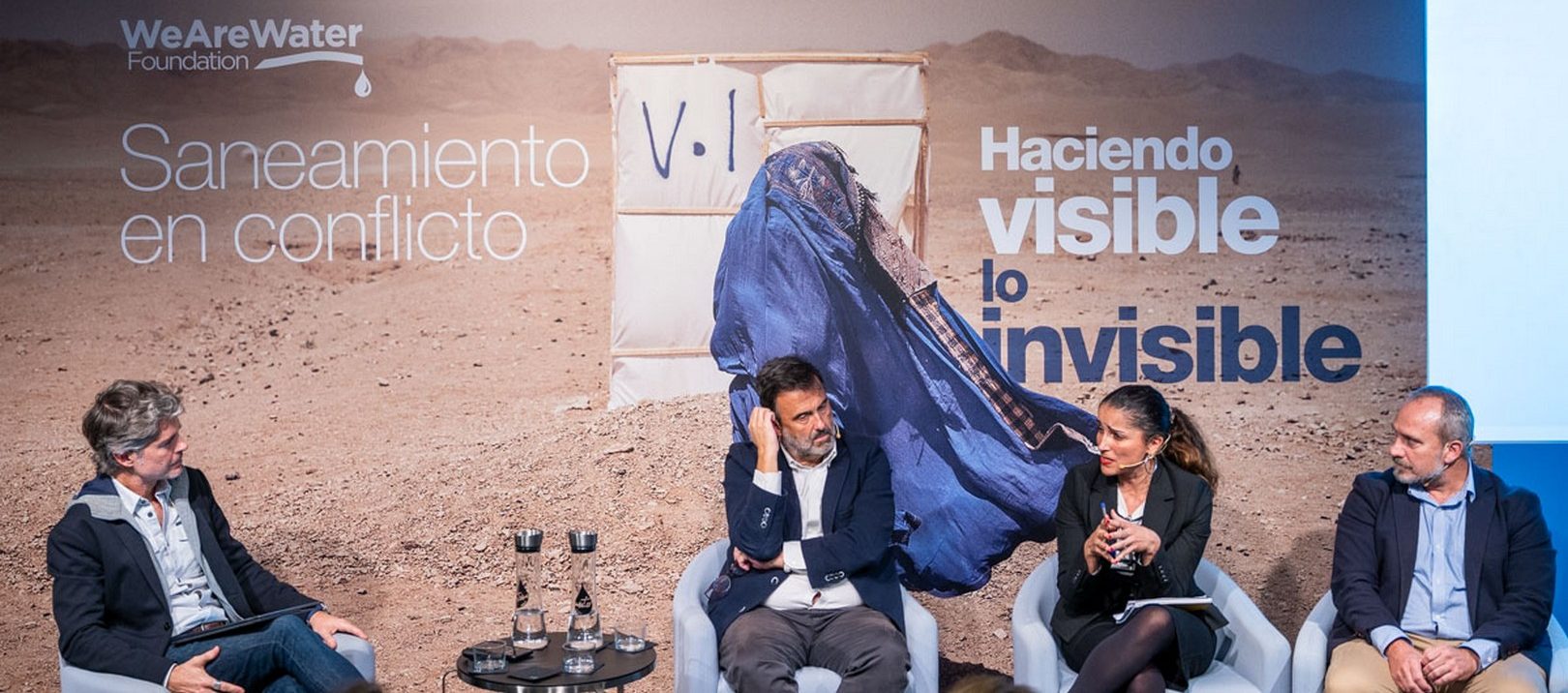
The meeting “Sanitation in Conflict” revealed little-known aspects of a humanitarian crisis that is spreading.
From pavilions to tents
In any war, migratory flows are immediately generated and unpredictable. Victims initially flee to neighboring countries, and it isn’t easy to estimate the impact on the host areas. In the nine months following the invasion of Ukraine, more than 7.7 million people have left the country in search of protection in Europe. The European border countries that received the first exodus have advanced economies; they have the resources to move the displaced to urban centers where, in pavilions or sports centers, they were able to provide them with the basics: water, food, shelter, hygiene kits, medicines, and sanitation. A minority were welcomed in private homes, and those families had to make an effort to make space in their houses and share resources that, in many cases, were already lacking. But the war continued, and the pavilion and the homes were not enough, so it was necessary to set up camps on the borders.
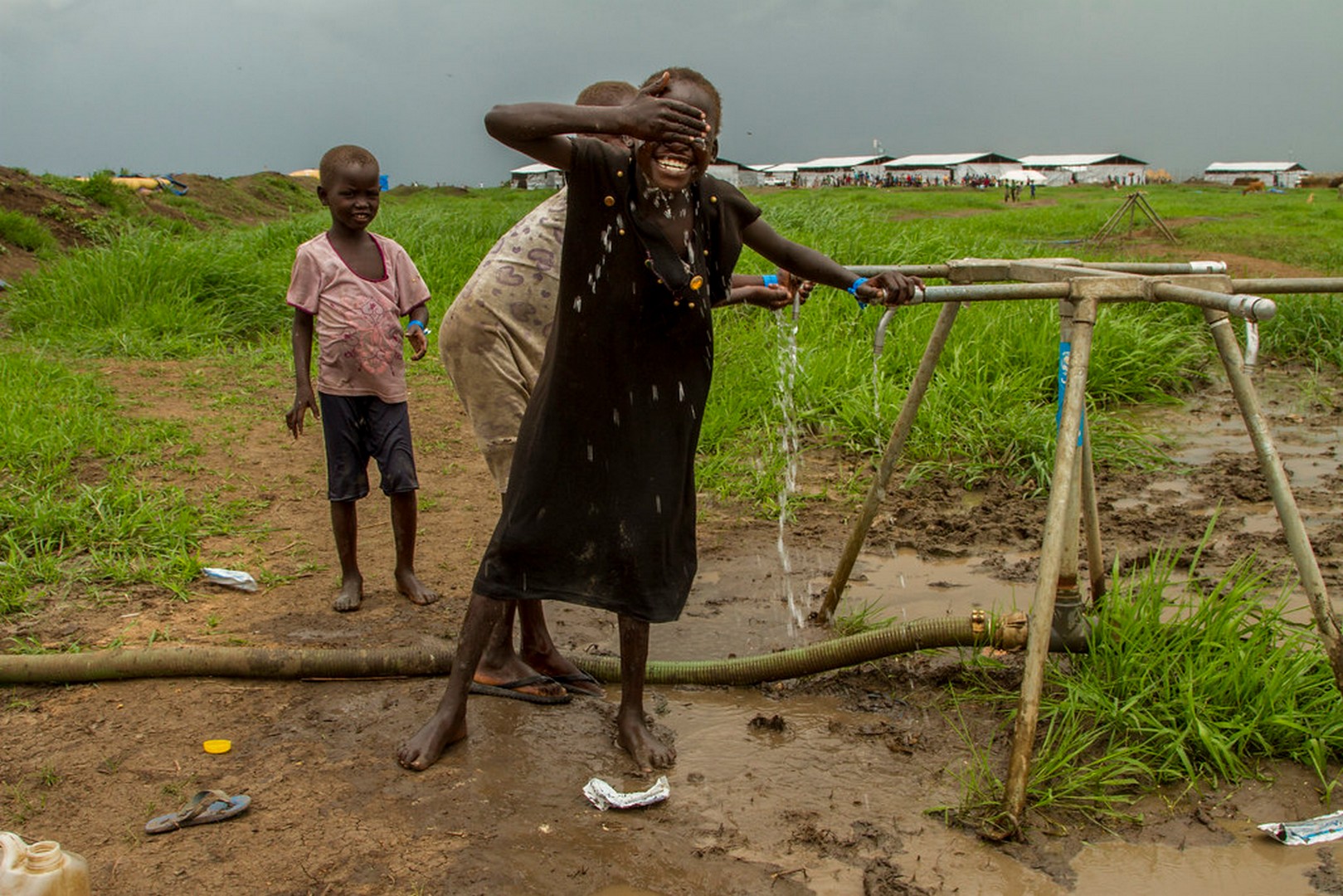
Most of those fleeing end up in refugee camps. water and sanitation are the first things to be provided when crossing the border. © UNICEF
Managing sanitation in a refugee camp
Most of those fleeing end up in refugee camps. In 2019, there were some 420 such settlements spread across 126 countries; today, the number exceeds 500.
Karmele Sáez pointed out that water and sanitation are the first things to be provided when crossing the border: “Water, latrines, showers, and hand-washing facilities are, along with health education, a priority to avoid disease. Everything must be quantified and planned; for example, if the camp will remain open for more than six months, pit latrines, which are more durable, must be installed.”
Javier Ruíz stressed the importance of a global approach: “We have to respond in a multi-sectorial way. The water – sanitation – hygiene chain is interconnected: if you have latrines but no hand-washing facilities, the chain is broken; the same happens if you don’t have water and if latrines do not ensure privacy, and all this has a negative impact on child safety.”
José María Vera confirmed this and stressed the importance of maintaining the educational process among refugees: “We have to be aware that education is a protective environment; it has to be. The interruption of the educational system has further consequences: it breaks the security space in the families in the face of difficulties that may arise in the future.”
In the camps, it is women who bear the brunt. Karmele Sáez explained: “Water supply points must be close by, and latrines must be safe. Sexual assaults on women are constant. We have to install light sources at night, and even so, it is difficult to avoid them.”
Helping local communities
All agreed on the importance of supporting the host communities that suffer the consequences. Javier Ruiz gave as an example the project we are developing with World Vision in Romania and Moldova, in which we provide access to sanitation and hygiene to 8,000 Ukrainian refugees: “We install ecological cabins, some with toilets and others with showers, which local communities can also use. The important thing is that they are relocatable, which makes it possible to equip the camps according to the variation of migratory flows.”
In any case, it is necessary to train the local community, as Karmele Sáez pointed out: “It is the local community structures that identify the needs, and they need to be strengthened. The external agencies are not from the country; the locals are the ones who stay.”
Aid for internally displaced persons
Ukraine also has another 6.9 million internally displaced persons (IDPs), people who have fled their homes and are now living further away from the shelling and violence of the invaders. Water infrastructure has suffered damage, much of it premeditated, and many towns have had their educational facilities destroyed. Water and sanitation are also urgently needed there.
Sofia Arroyo, from Kiev, explained the situation: “Displaced people have moved from east to west in Ukraine. Gyms, schools, and public buildings have been set up but are insufficient for hygiene. There is a shortage of water and power cuts. Schools have no water, nor do the shelters or many homes. We distribute water and generators as best we can. We have been working for months on what we call ‘winterization’ to survive the coming winter.”
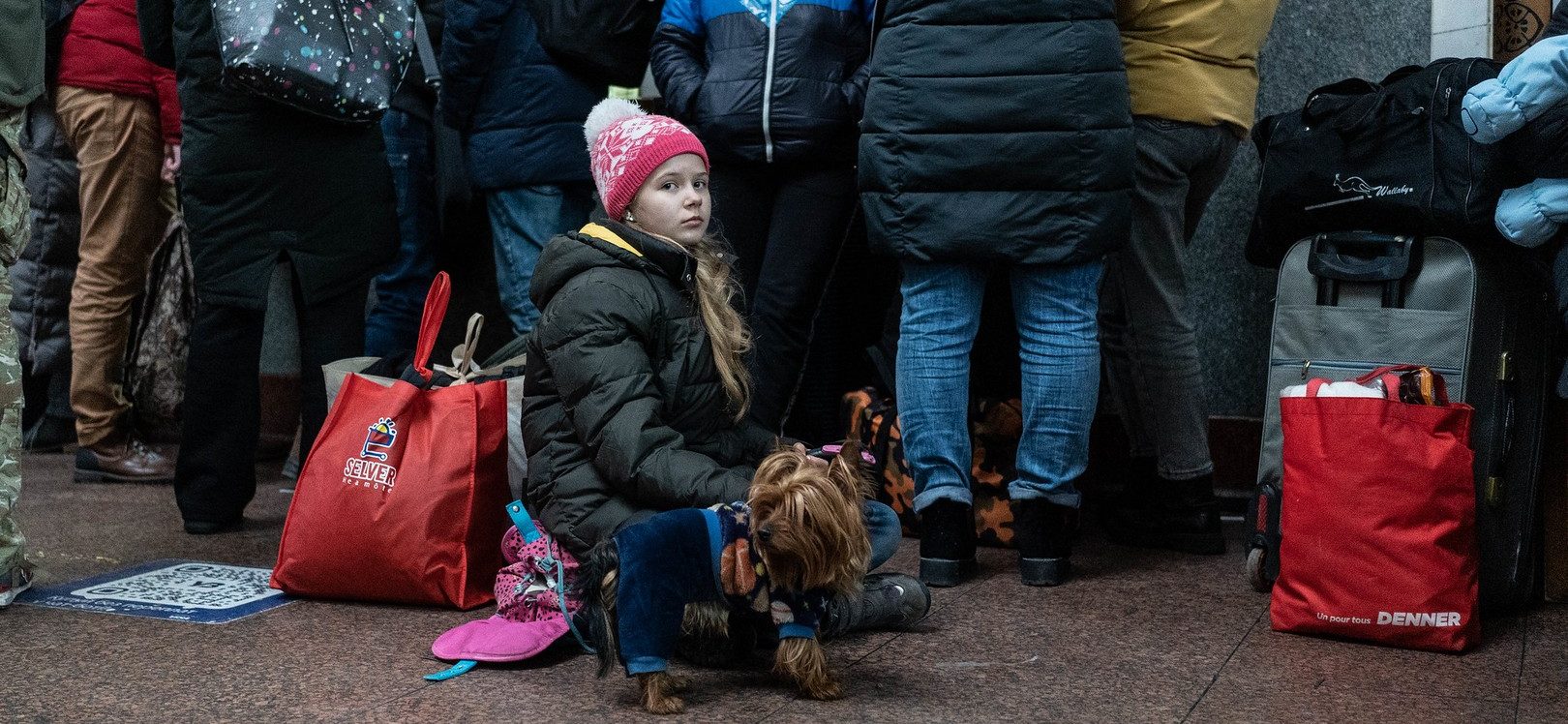
In Ukraine, also from refugees, has another 6.9 million internally displaced persons (IDPs), people who have fled their homes.© UN Women/Serhii Korovainyi
How to make humanitarian aid effective?
For José María Vera, humankind has the capacity for humanitarian mobilization, as demonstrated in the case of Ukraine. Still, it is necessary to encourage and trust local communities: “Europe’s response has been rapid and effective, and we have the capacity for this and more. On the other hand, we must rely on the capabilities generated in the countries suffering from the conflicts. Whether at the municipal or community level, the country’s people are helping their own. It is a resource that has been growing and that we must support, in addition to technology and innovation.”
Javier Ruiz stressed the importance of working at all levels, from high-level politics to local communities and to each person who brings help. He pointed out the particularities of each conflict when planning aid: “In the case of Ukraine, refugees are dispersed throughout Europe. The reception is diverse: private homes, sports centers, schools… There is also a high percentage of Ukrainians returning to their country.”
Fighting oblivion
Karmele Sáez mentioned the situation of oblivion in some refugee camps, such as those mentioned by Carmen Parra, and pointed out that the solution lies in the integration in the host communities: “They should not be sent back against their will, but it is very tough for the countries that receive them since they have their own problems and the pressure they are under is enormous. In Lebanon, for example, every third inhabitant is Syrian. Despite this, many are doing a good job, more than many European countries.”
What is wrong, and what future can we expect in the face of this crisis? José María Vera indicated that the influence of geopolitical interests is very significant, and the fragility of the support for the multilateral system is growing, encouraging oblivion: “Who remembers conflicts such as the one in the Central African Republic? And the famine in the Horn of Africa, with unprecedented malnutrition in recent decades? And the Sahel?”
In this regard, Javier Ruiz warned: “At World Vision, we are working in 72 emergencies in 52 countries. We cannot forget all other conflicts. There are no first and second-class displaced people.”
Emmanuel Zangako provided this reflection on his experience as a refugee: “To be able to support the communities that migrate and those that receive them, we must understand what kind of conflict makes people flee. I didn’t want to stay there; I needed to live in a safe place, to have access to education and a life with a future. We need to put people at the center of the debate.”


